Table of Contents
Animals With Wings :
Bats
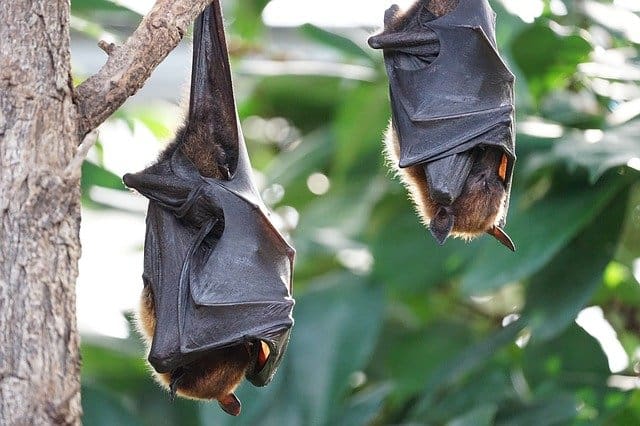
Bats are amazing creatures. They eat insects, they hunt at night, and they even sleep during the day! Bats are also fascinating because they fly upside down. How do bats manage to do this? Bats have evolved unique adaptations that allow them to fly.
A bat has two wings, which are called “wings”. The front one is used for flying, while the back one is used for gliding. Bats use these wings to glide through the air at high speeds.
The anatomy of their wings has changed dramatically since the time when they first took flight. Their forelimbs have become elongated and adapted into flaps that enable them to glide through the air.
Pterosaurs
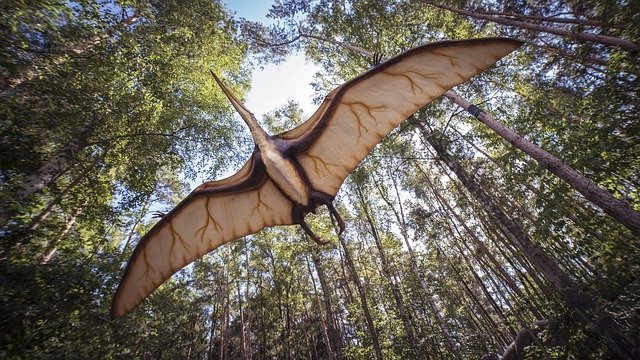
Pterosaurs had wings that were similar to bird wings. They had long arms and legs with webbed feet. The pterosaur was able to glide through the air using its large, broad wings.
Pterosaurs were flying reptiles which lived during the Mesozoic era. They had wings made of skin stretched between two bones called humeri. The first pterosaur was discovered in 1839, and they became extinct around 65 million years ago.
They had small wings like birds, but they could fold them up when they needed to land on the ground.
Gliding lizards

Gliding lizards use a unique system of air sacs called pneumatic muscles to control their flight. These muscles create high pressure inside the body cavity which pushes the lizard up into the air. The lizard then uses its tail to steer itself through the air.
Gliding lizards have two pairs of wings, one pair for gliding and the other pair for swimming. They use these wings to glide from tree to tree and swim through water. The front pair of wings has a membrane that allows them to glide, while the back pair of wings helps them move forward when swimming.
Insects
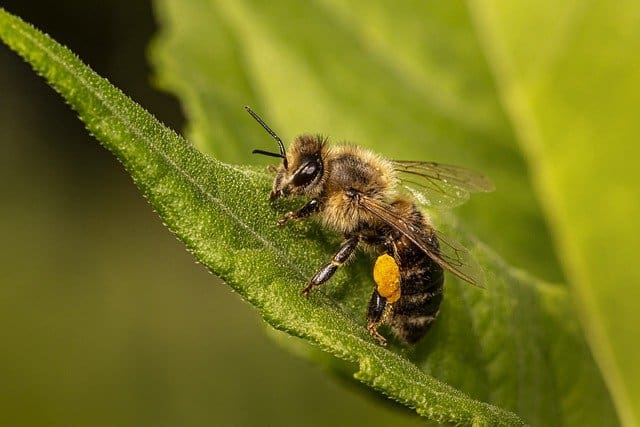
Have you ever wondered why insects fly instead of walking or swimming? What makes their wings move so efficiently? How does their wing beat differ?
Insects are fascinating creatures. They play a vital role in nature. From pollination to pest control, they are essential to life on Earth. There are many types of insects, each with its own unique body plan. Their wings vary in shape, size, and function. The wings of some insects are very complex and highly efficient.
Insect wings are called exoskeletons. They protect insects from predators such as birds and bats. The exoskeleton is made up of chitin, which is a protein similar to human hair.
Insects have two pairs of wings. The first pair of wings are called forewings, which cover the front of the body. The second pair of wings are called hindwings, which cover the back of the body.
Birds
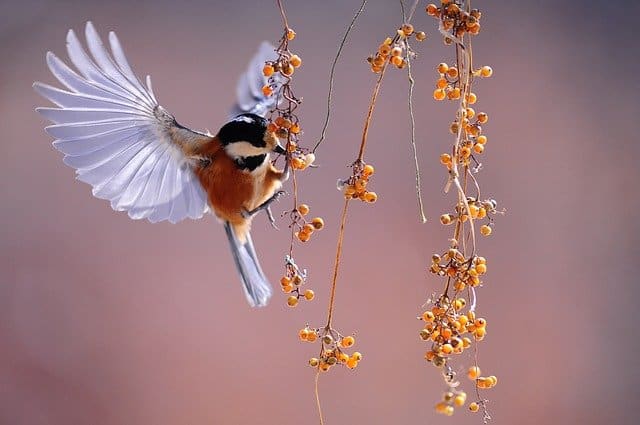
Birds don’t fly using their arms or legs alone. They have feathers that allow them to flap their wings. What exactly happens during flight?
A bird has wings because birds are animals, and animals have feathers. Birds are also known as flying creatures because they fly through the air using wings.
Birds are amazing creatures. From the smallest hummingbird to the largest eagle, they are capable of flying through air at speeds reaching 60 miles per hour. Their ability to fly has fascinated humans since ancient times.
There are three main parts of a bird’s wing: the primary, secondary, and tertiary feathers. The primary feathers are located on the front of the body, and the secondary and tertiary feathers are located on the back of the body. These feathers are arranged in order from top to bottom.
Read More : Birds With Long Legs!
Animals With Wings But Cannot Fly:
Ostriches

Ostrich is a flightless bird native to Africa. They are known for their large size and ability to run at high speeds.
The ostrich is also called the “running bird” because its legs are large and strong enough to support its body during running. They are flightless birds native to Africa. They are known for their large size and ability to run at high speeds.
Is it true that they can fly?
Ostrich cannot fly. Ostrich is a flighted bird, meaning it has feathers that allow it to take off from the ground. But they are not able to fly using their wings. They can even flap their wings to move forward or backward.
Emus

Emus cannot fly because they lack the necessary feathers and bones to support flight. However, they do swim well. They also eat insects, which makes them great for pest control.
Emus can’t fly . They are actually classified as flightless birds. They are birds like chickens, ducks and geese, but they are not able to fly. Some other animals such as penguins, ostriches do have wings but are not able to fly.
Emus are native Australian birds that look similar to ostriches. They are often confused with ostriches because both species share similar characteristics such as feathers, wings, legs, and long necks.
Penguins

Penguins are known for their ability to dive into water and swim underwater. They also have webbed feet that allow them to walk on land.
They have wings and feathers just like birds. They also have webbed feet which allow them to walk on water. However, they are not able to fly.
Penguins are small flightless birds that live in Antarctica. They are also known as albatrosses. Their wingspan can reach up to 2 meters long. Penguins are covered in feathers and have webbed feet. They feed on krill and fish.
Can they really fly?
Penguins are birds that live in cold climates and spend much of their time swimming in the ocean. The flightless nature of these birds has led some scientists to believe that they cannot fly.
In fact, they can even glide through the air using their flippers. This means that penguins can move from place to place without having to flap their wings.
kiwi
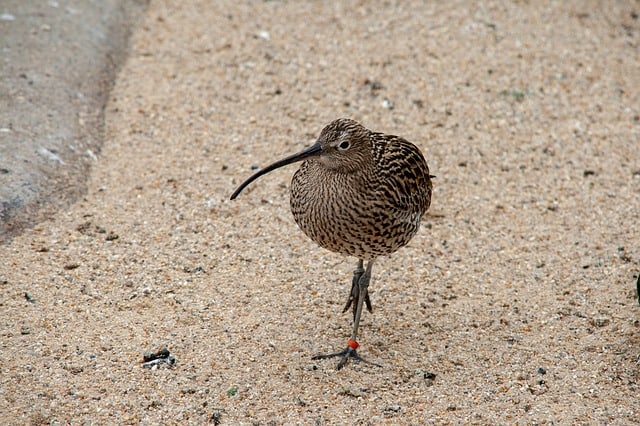
Have you ever wondered why Kiwis don’t fly? The answer is simple: they haven’t evolved enough wings to lift them off the ground.
Kiwis cannot fly because they lack the ability to flap their wings. The only way for them to move around is by hopping from one branch to another.
New Zealand is home to some of the world’s rarest birds, including the kiwi. These flightless birds spend their entire lives on the ground, where they eat insects and worms. They also lay eggs and incubate them in underground nests.
Kiwis are unique because they lack feathers on their legs and feet. Their wings are vestigial, meaning they no longer function as flapping appendages. Instead, they serve as insulation and protection from predators.
Emperor penguins
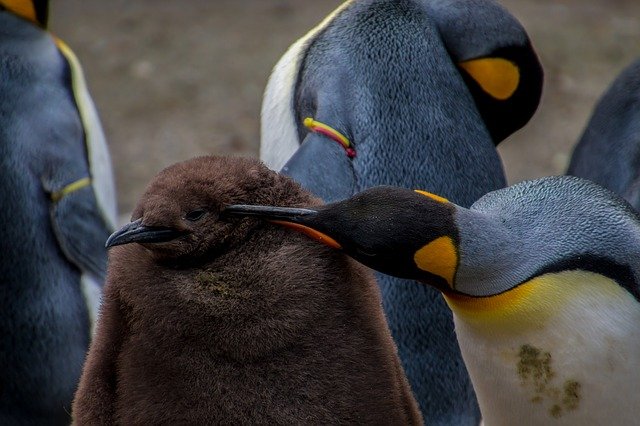
Emperor penguins are known to live at the top of the food chain, but they don’t fly. How come?
Emperor penguins have wings, they just look like they do. They are actually birds, and have feathers similar to other birds. However, these feathers are used for insulation, and not to fly.
The emperor penguin (Aptenodytes forsteri) is the largest living species of penguin. They spend their entire lives at sea, returning to land only to breed. Emperor penguins are found in subarctic regions around Antarctica.
They are also the heaviest birds alive today, weighing between 27 and 30 kg. Their feathers are covered in oil, which helps them stay warm during cold weather.
Cassowaries

Cassowaries are large flightless birds native to Australia. The cassowary has a long neck, short legs, and a very thick body. Its wings are extremely powerful and allow it to glide through the air.
Cassowaries cannot fly! They also have wings, which allow them to glide for short distances. The cassowary is one of the largest birds in the world, weighing up to 30 pounds. Its beak is used to tear into flesh, while its claws are strong enough to rip off prey.
They have long legs and claws. The cassowary has been around for millions of years, and today is found mostly in Australia and New Guinea.
Cassowaries are flightless birds, They are known for their large size and bright colors.
kakapo
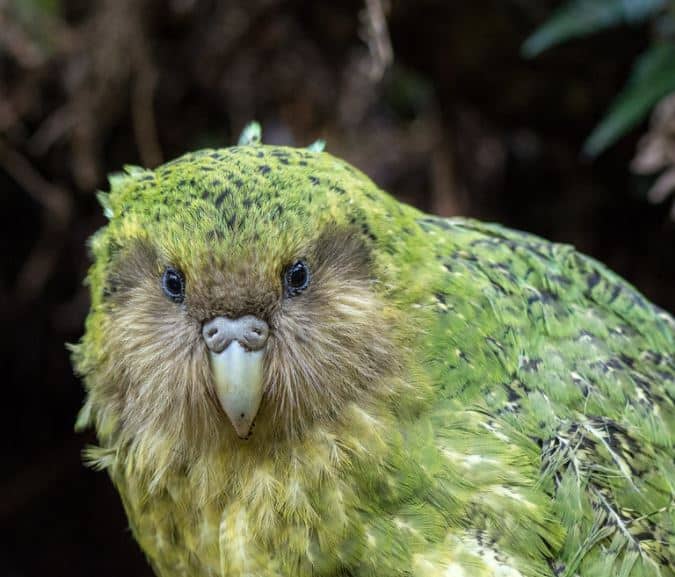
Kakapos are native to New Zealand and are the only flightless parrot species. They are also the largest parrots in the world.
Kakapos can’t fly and they are known for their unique ability to glide through the air using their large wings. This trait makes them very vulnerable to predators who hunt them down from above.
Kakapos have evolved over time to become better gliders. Scientists believe they have adapted to their environment and now have the ability to glide longer distances than other birds.

